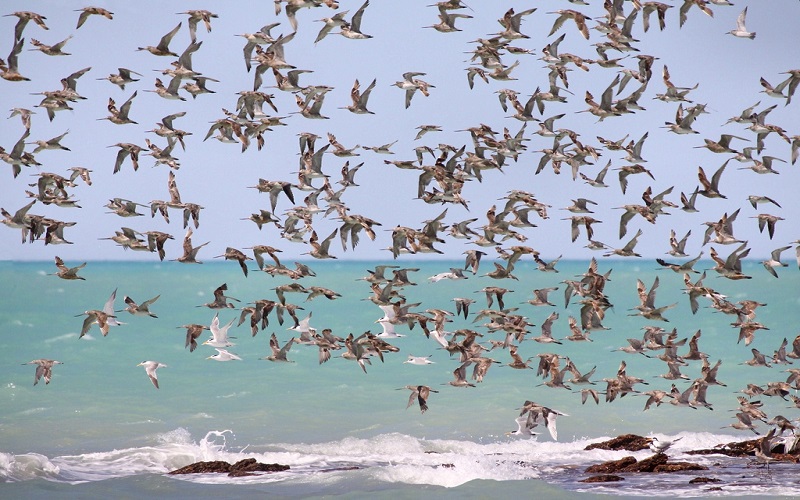While humans are sensitive to the sun, so are migratory birds. They still spend their days in the air, closer to the Sun due to height gain. Fortunately, these birds have a trick to avoid overheating as reported in a recent study.
Resist the severity of the Sun
Did you know that one in five bird species are migratory? These species travel thousands of kilometers each year to reach different places depending on the season. In general, however, migratory birds face a constant risk of overheating. As they gain altitude during their journey, they come closer to the Sun. However, the brightness increases in proportion to the decrease in the effectiveness of UV filters in the atmosphere, even if the temperature also drops.
Migrating birds, however, have a trick to avoid overheating. A study published in the journal Current Biology on December 6, 2021 and conducted by the Max Planck Institute (Germany) and Massey University (New Zealand) provides further details on this subject.
Migratory species tend to have lighter plumage than sedentary species, researchers say. In the past, the same team had already shown that species with lighter plumage tend to live in latitudes with higher temperatures and where shadows are less present. However, such plumage makes it possible to resist the severity of the Sun. In addition, this new study takes into account the change in flight altitude of birds. Indeed, the latter fly higher during the day and lower at night.
An evolutionary adaptation
Scientists have coded the hues of all bird species in the World Bird Encyclopedia from lightest to darkest (0 to 100). Then, they compared the information obtained with the migratory behavior of the species. Other factors have also been taken into account when influencing the color of the plumage. For example, some migrants have aerodynamic constraints related to darker plumage on the back. Indeed, a darker dorsal plumage allows to have less friction with the air, and therefore to benefit from better flight performance.
According to the results, the species covering the greatest distances (more than 2000 km per year at least) lose more melanin and therefore have a lighter plumage. Moreover, these results are invariable in migratory bird species, regardless of their size and whether they are aquatic or terrestrial.
The researchers believe that this work could provide a better understanding of certain elements related to the impacts of global warming and the evolutionary adaptations that birds could develop over time.




